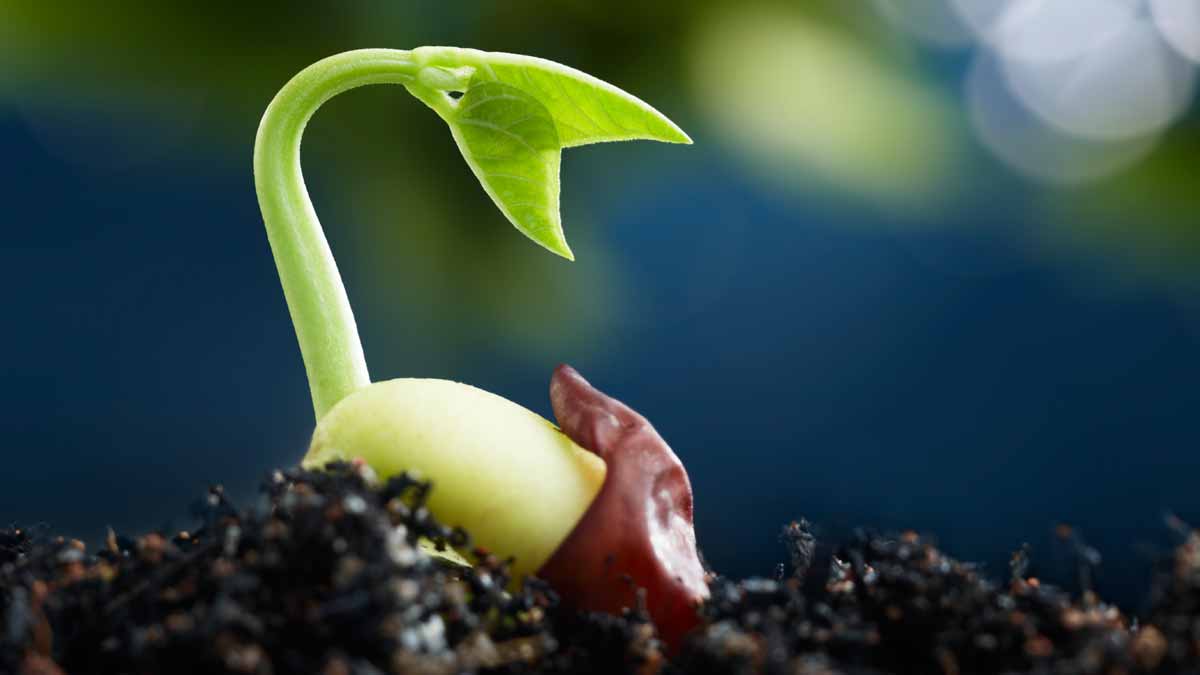A handful of dates left a quiet clue that refused to die. Buried for centuries, ancient seeds waited in silence while empires rose and fell. Scientists, using simple care and patient method, woke them and watched green fronds rise again. The result blends botany, history, and a taste of the past, with careful tests and clear steps. That quiet return surprised even cautious experts and now opens a practical path for crops, storage, and memory.
How ancient seeds woke after two millennia
Archaeologists recovered date pits from Masada, a desert fortress, and nearby caves. Dry air shielded them from rot and insects, so time passed yet the kernels stayed whole. The team cleaned each pit, recorded its shape, and noted slight scars from travel. Because storage conditions mattered, they kept temperature steady and avoided extra moisture. The shells, thick and tight, slowed oxygen from entering, which limited microbes and helped explain unusual longevity.
They began gently. First, warm water softened the pits. Next, a nutrient mix and a growth hormone bath primed the embryos, and sterile soil reduced risk. Some sprouts appeared within eight weeks, while others tested patience for half a year. As shoots strengthened, workers moved seedlings into a quarantine greenhouse. There, bright desert light and desalinated water copied seasonal floodplain cues, so the young palms grew steadily without shocks or hidden stress.
Every empty shell went to a laboratory for carbon analysis. Results placed ages from the fourth century BCE to the second century CE, which matches historical trade routes. Compared with a set of one hundred modern varieties, the old pits measured about thirty percent larger. Roman writers praised hefty, honey-flavored Judean dates, and the metric aligns with that image. When Methuselah unfurled its first frond, it set the record for the oldest seed grown under human care. The careful trial shows how ancient seeds can reveal time, process, and proof.
What the genomes of ancient seeds reveal about lost diversity
The first revived palm, later nicknamed Methuselah, germinated in 2005 under close watch. Soon, companions followed, including females that needed pollen to fruit. One of them, Hannah, carried her first small cluster in 2020 after receiving Methuselah’s pollen, and tasters noted gentle sweetness with a hint of honey. Dr. Sarah Sallon of Hadassah Medical Center and Dr. Elaine Solowey of the Arava Institute led early work. Chefs and growers may one day offer an authentic “biblical date” to modern markets.
Once leaves matured, scientists sequenced DNA and assembled whole genomes. Patterns showed eastern lineages dominated earlier centuries, while later pits carried genes linked to North Africa and Mesopotamia. That mix suggests traders imported elite cultivars and farmers crossed them with hardy local males, so orchards combined quality with resilience. The approach, documented across samples, explains how a small province built a fruit that traveled well, kept flavor, and attracted distant buyers seeking reliable sweetness.
Size, sweetness, and shell structure fit the story that texts describe. Roman comments about weight and honey tones match measured traits and field notes. Because genomes tell movement over time, they anchor trade history with data rather than guesswork. With those links secured, modern breeders can search gene regions for drought tolerance or disease resistance. In practice, that means ancient seeds guide choices for taste, yield, and farm risk.
Why reviving a desert date palm changes how we plan for tomorrow
Longevity depends on simple rules. Protective coats slow oxygen, cool or arid storage lowers damage, and low oxygen hinders microbes. Scientists have shown the pattern before. Russian researchers grew a flower from fruit frozen in ground for thirty-two thousand years. In the 1990s, botanist Jane Shen-Miller sprouted a lotus seed that slept about thirteen hundred years in a dry lakebed. Together, these tests map clear paths to extended viability.
Shocks will strike crops, so living vaults matter. Seed banks keep diversity ready in case of climate stress, disease, or war, and results here stretch the time horizon. If a date pit can wait two millennia, then a cool, dry vault can likely protect collections far beyond current goals of decades. As practical needs grow, the revived palms offer genes for heat, salinity, and pest pressure in warming fields where reliability counts.
The trees also carry memory. People can stand near living organisms whose ancestors saw the Second Temple over Jerusalem. That meeting turns history into something touchable, not distant. Curiosity started the effort, yet its payoffs reach orchards and kitchens. With careful breeding and field trials, ancient seeds may help refit groves, stabilize supply, and add a caramel-like sweetness to plates, while the story itself keeps wonder alive.
A living bridge from deep time to future harvests
These palms link stubborn patience with usable knowledge. Tests confirm age, methods reveal pathways, and genomes point to traits farmers need now. As seed banks expand, and as growers adapt to heat, ancient seeds give a rare combination of proof, flavor, and hope. The work began quietly, yet it now reshapes plans for storage, breeding, and taste, while keeping a small spark from long ago.
